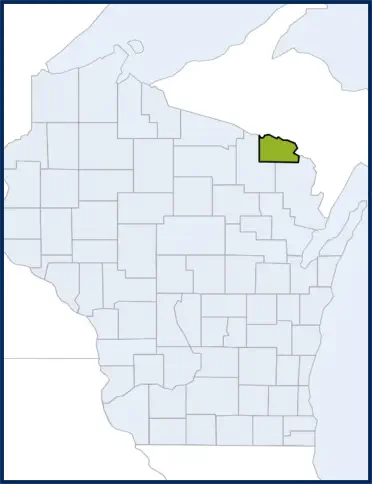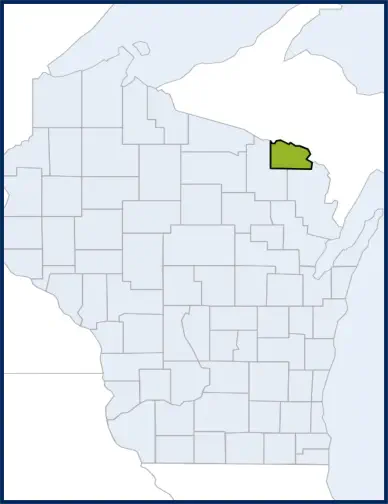Florence County Health Department
Florence County, Wisconsin
info@florencewipublichealth.com | 715-528-4837 | 501 Lake Ave, PO Box 410, Florence, Wisconsin 54121
Healthy People, Vibrant Communities
P.O. Box 410; Florence, WI 54121
501 Lake Ave; Florence, WI 54121
715-528-4837
info@florencewipublichealth.com
Website by North Country Website Design
Home > Community Health > Drug & Alcohol Use
Drug & Alcohol Use
Goals and Strategies for Community Health Improvement.Recommended Alcohol and Drug Abuse Prevention links:
Goals
Wisconsin County Health Rankings & Roadmaps
Wisconsin Public Health Profiles
Tobacco Control & Prevention
Tobacco Control & Prevention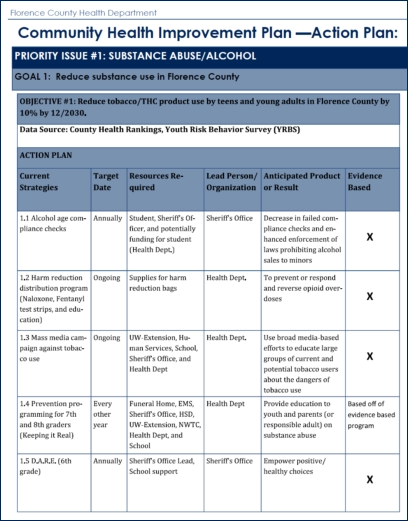
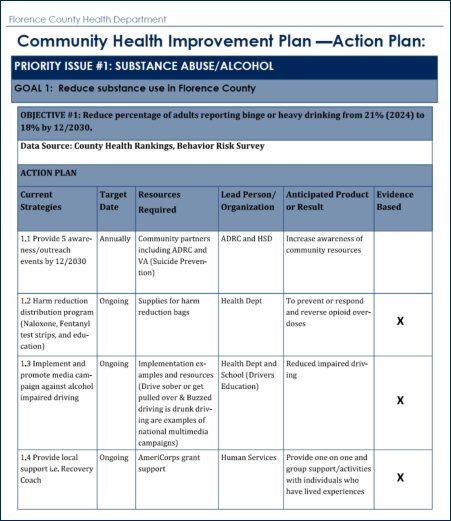

Florence County
Health Department
info@florencewipublichealth.com | 715-528-4837 |
501 Lake Ave, PO Box 410, Florence, WI 54121

Healthy People,
Vibrant Communities
501 Lake Ave
Florence, WI 54121
715-528-4837
info@florencewipublichealth.com
Website by North Country Website Design
Home > Community Health > Drug & Alcohol Use
Drug & Alcohol Use
Goals and Strategies for Community Health Improvement.Recommended Alcohol and Drug
Abuse Prevention links:
Goals
Wisconsin County Health
Rankings & Roadmaps
Wisconsin Public Health Profiles
Tobacco Control & Prevention
Tobacco Control & Prevention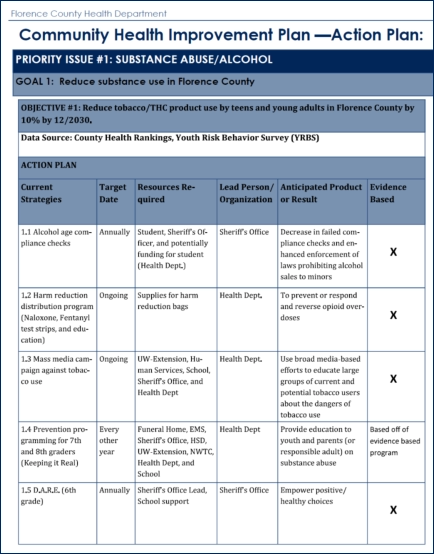
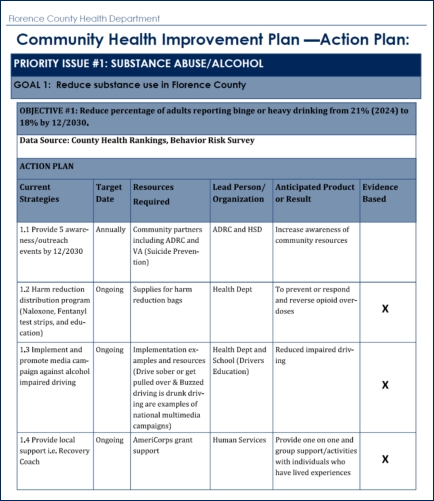

Florence County, Wisconsin












